What is the purpose of a Cozy Space? Children need to separate themselves from the constraints of the world tightly managed by adults so they can focus on engaged play.
Cozy Spaces Are Important
Young children are constantly gathering the input needed to build an internalized system for sorting, processing, storing, and recalling information. The diligent pursuit of this input leads to the next necessary building block in their development. This is an autonomous progression directed solely by each child. It is an organic activity that happens during the engaged play of children producing enormous developmental outcomes.
Every child must construct a neurological structure for housing the vast amounts of different types of information he receives daily, including visual, auditory, kinesthetic, and spatial cues. It takes a great deal of focus and effort on a child's part to accomplish this monumental task.
To be successful at these developmental tasks children must separate themselves from the constraints of the world controlled by adults so they can be engaged in play. During engaged play, children are able to achieve the high level of focus required to make quality assessments that leads to the establishment of their internalized system of understanding.
A combination of provisions is required to support young children in their developmental purpose. These are:
- time to play
- perception of separation from adults in an appropriate play environment
- many loose parts/toys and materials to freely manipulate.
Young children are concrete thinkers. They must have many opportunities to interact with tangible materials so they can observe and experience the reaction to their choices. Just getting into a small place seems to fuel their imaginations as they strive to make connections between various pieces of information. The childs perception of separation as provided in a cozy space serves as a critical developmental catalyst.
What is a Cozy Space?
A cozy space is a small area that provides a perception of separation from direct adult interruptions. Did you ever notice that children are attracted to small, child-sized spaces? Places with a low roof, the area below a play platform, or even a few panels positioned together form an interesting semi-enclosed space for children to engage in play.
These cozy spaces provide the physical separation children need to engage in independent, self-directed play. The space should be small. An area of 5 feet x 5 feet is adequate, and 4 to 6 feet of head clearance is preferable. Spaces with shelves, cubby holes, play counters, tables, and benches give children a space to do things.
A cozy space can be a play house, a crawl tunnel, a concrete sculpture, or a nook created with bushes. For young children, these cozy spaces will be for one child at a time or two children playing in parallel (doing similar things — in the same space). However the space is structured, keep in mind two factors:
- Each cozy spot in the playground should be unique, each distinctive in how it is defined.
- Also, these play places will be very popular with all children — make more than half of them accessible for children with mobility impairments.
Accessible cozy spaces should follow all of the ADAAG rules for space and head clearance. Additionally, when they are at ground level, they should be surrounded by firm surfaces. If the cozy space is part of a larger elevated play structure use unitary rubber surfacing. This type of surfacing requires very little routine maintenance and even in conditions where routine maintenance is marginal this surface continues to provide a barrier-free safety surface within the use zone of play equipment.
Natural Materials in The Cozy Space
For children to reach their current developmental objective they must have many types of loose parts to work with during play. One example is sand. It can serve in so many ways — as a construction material for roads and tunnels and as pretend cakes, pies and pizza. When sand is located near a cozy space, children will integrate it readily into their play episodes.
Sand play is often provided as a ground level structure. When coupled with a sand play table or water play table children of all abilities find the materials they need and want for play. Provide sand and water tables at a variety of heights so that all children can reach to play.
Naturally growing things are also very interesting to children. Kids love to discover how plants change during the seasons. They often use parts of plants to engage in play. If children will be harvesting leaves, sticks, berries, nuts, pine cones, and grasses, there must be a ready supply of them somewhere nearby for the children to acquire and use.
There should be a hearty selection of plant materials for inclusion in the play setting. Some plants like to be defoliated during the growing season; they react with more growth as a result of the pruning.
The best selections for the play setting will be plants that are indigenous to the region. These plants are native because they are adapted to the prevailing conditions and will require very little routine maintenance. The other child-focused benefit for using native plant materials is that the children will learn more about these plants by playing with them. As the children mature, these plants that are common to them from their childhood will foster their respect for other natural living things. Lastly, all of the plant materials selected for use with in a play setting must be non-poisonous.
Shrubs and hedges can be another way to form interesting cozy spots. A row of bushes or boulders can be used to separate a busy part of the playground from the quiet sand play area or to give a visual edge.
CONCLUSION
To meet the developmental needs of young children, small, semi-enclosed spaces are necessary. These cozy spaces provide children with the perception of separation that increase the likelihood that they will engage in play. Use a combination of traditional playground equipment like playhouses, the dressed-up area beneath elevated play structures, and sand and water play table with natural materials to create cozy spaces for a young child attracting play environment.

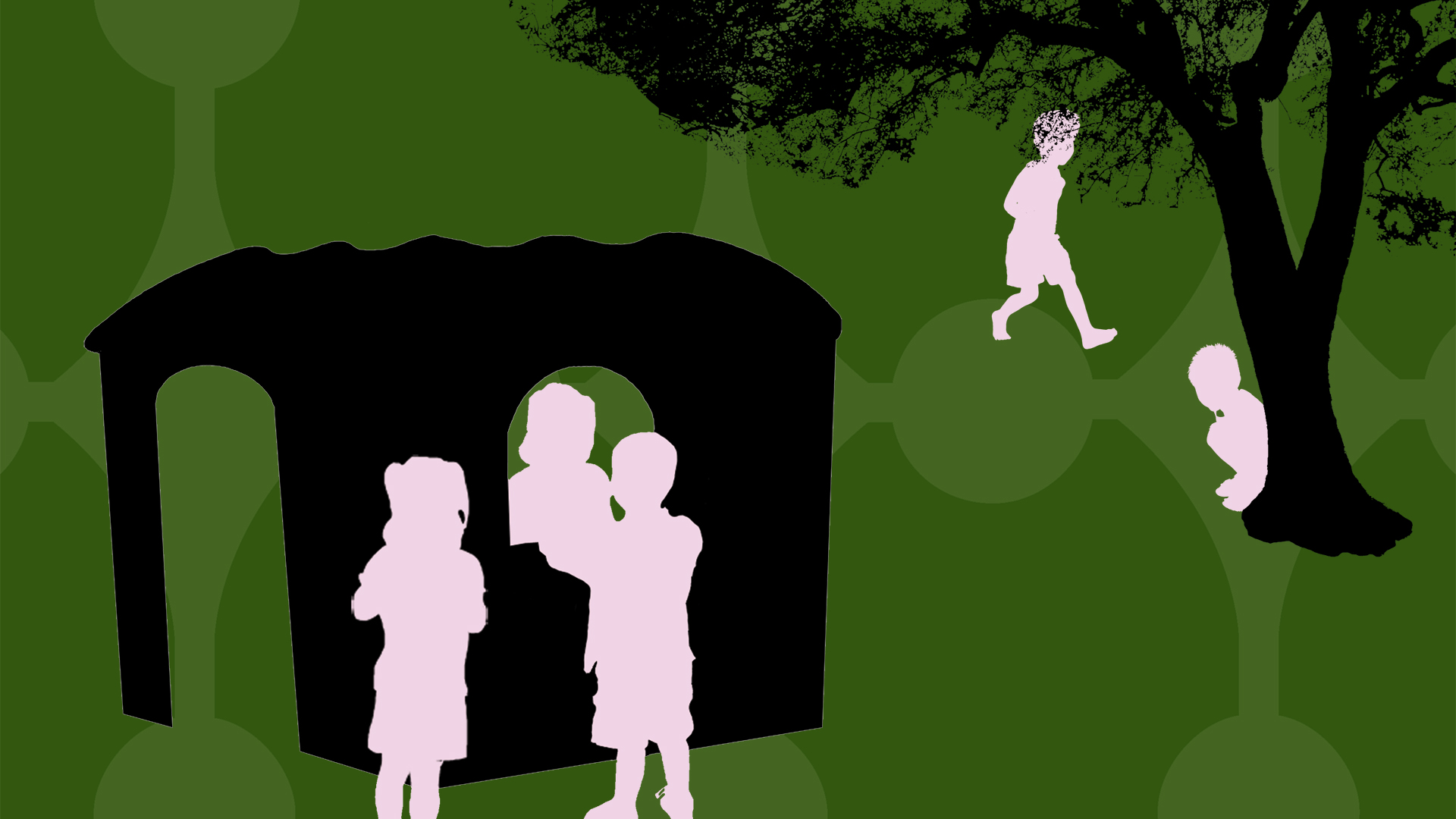
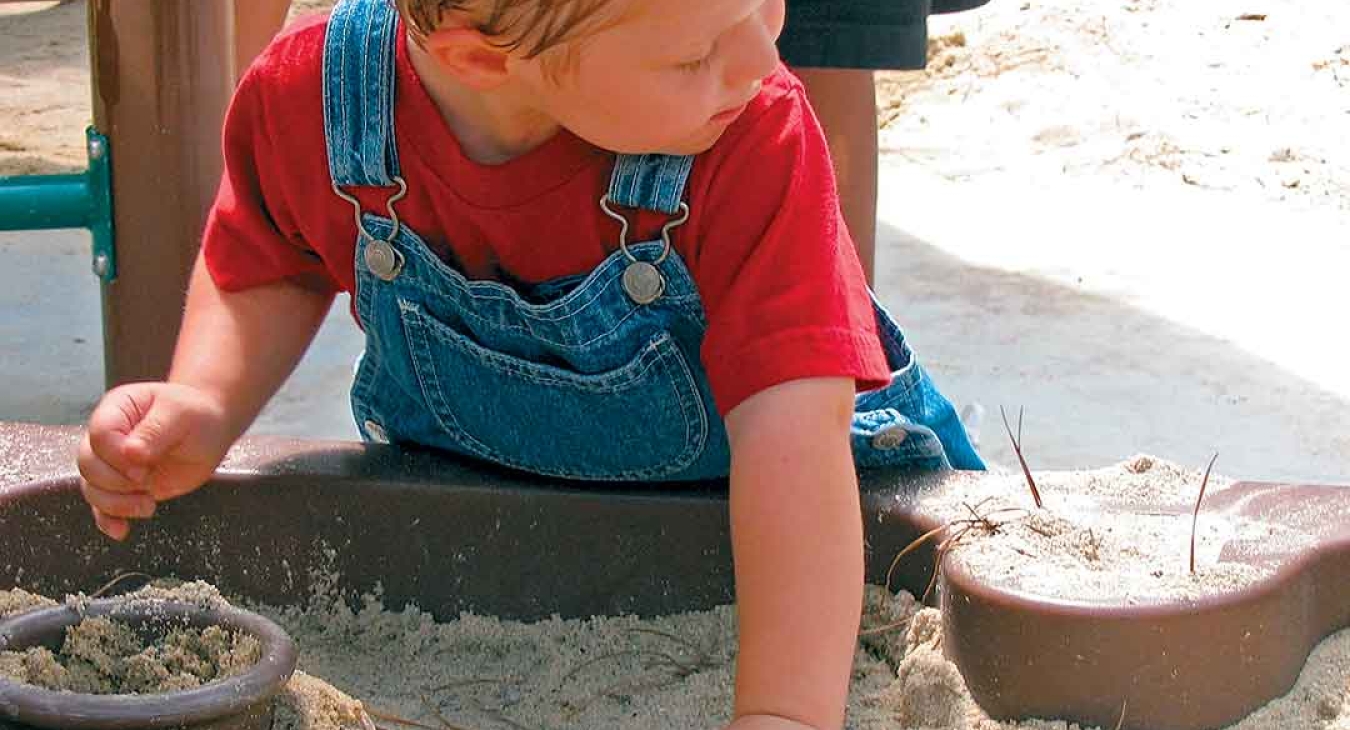
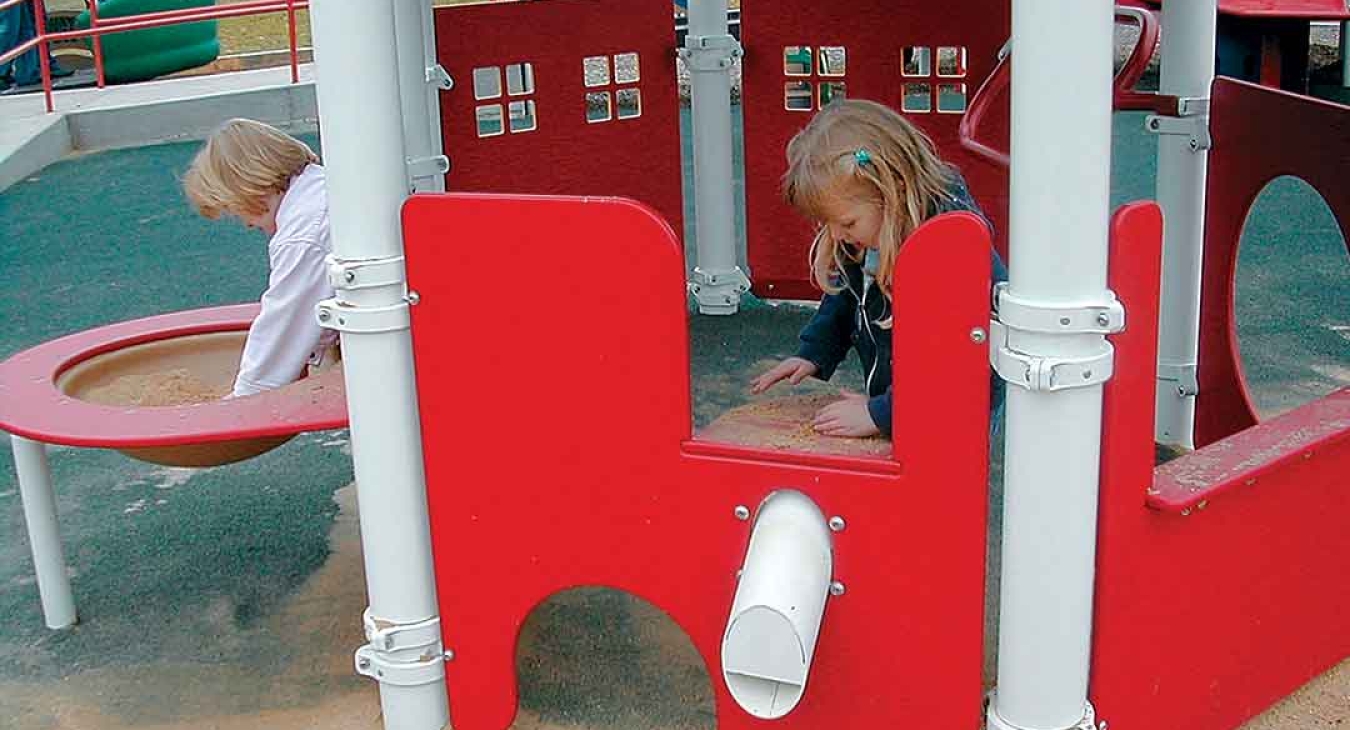
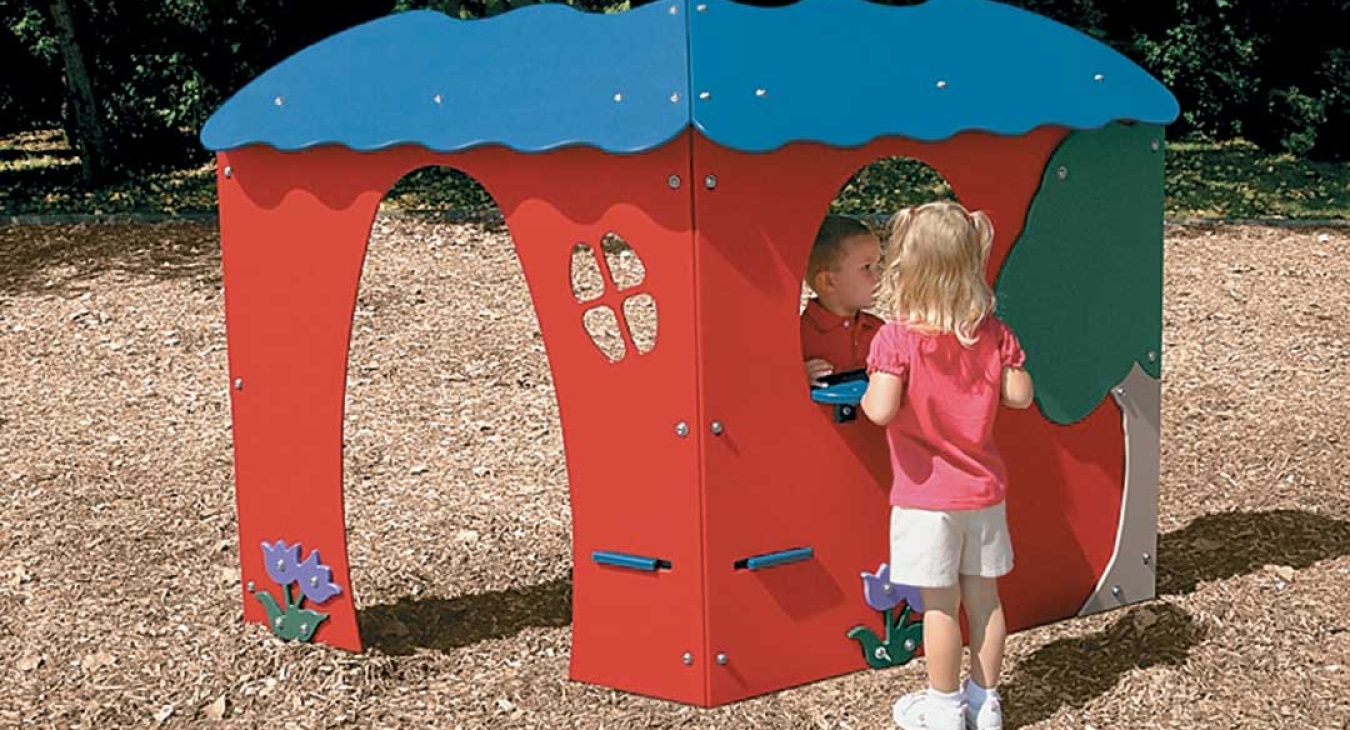
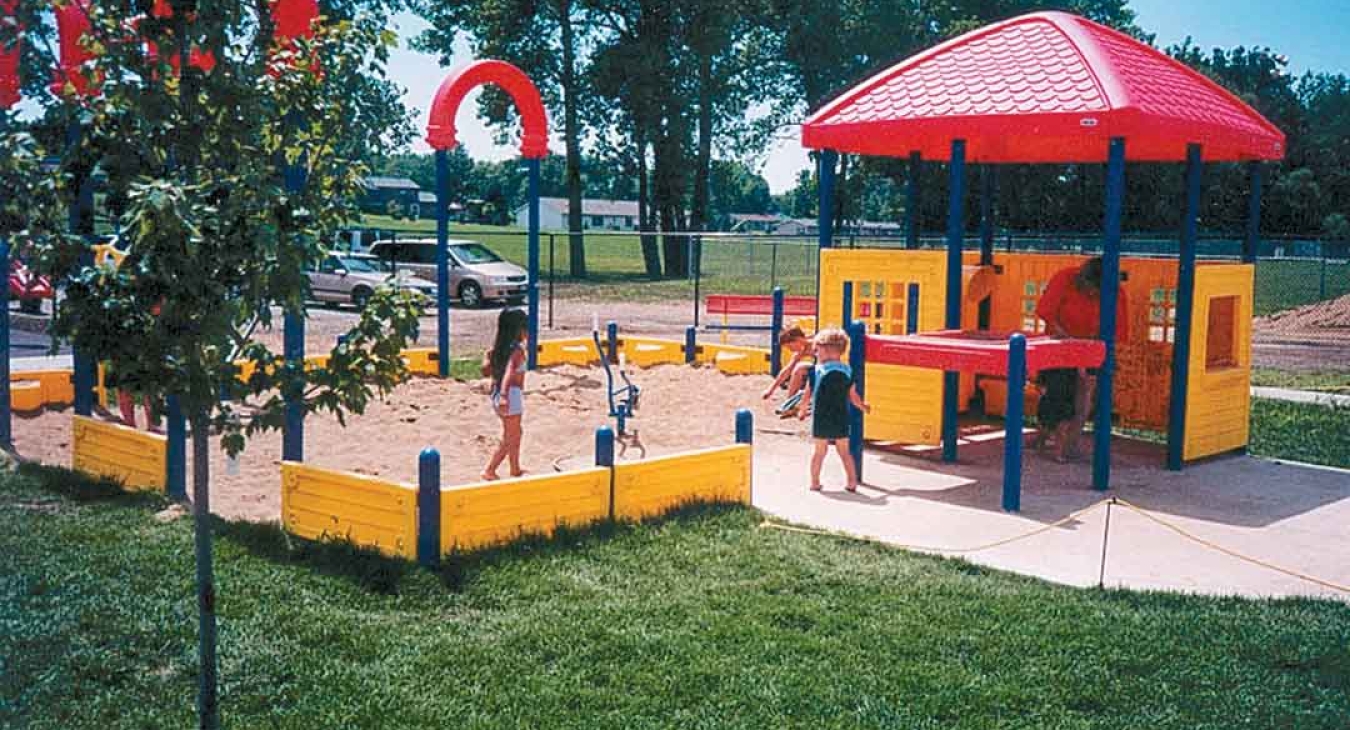
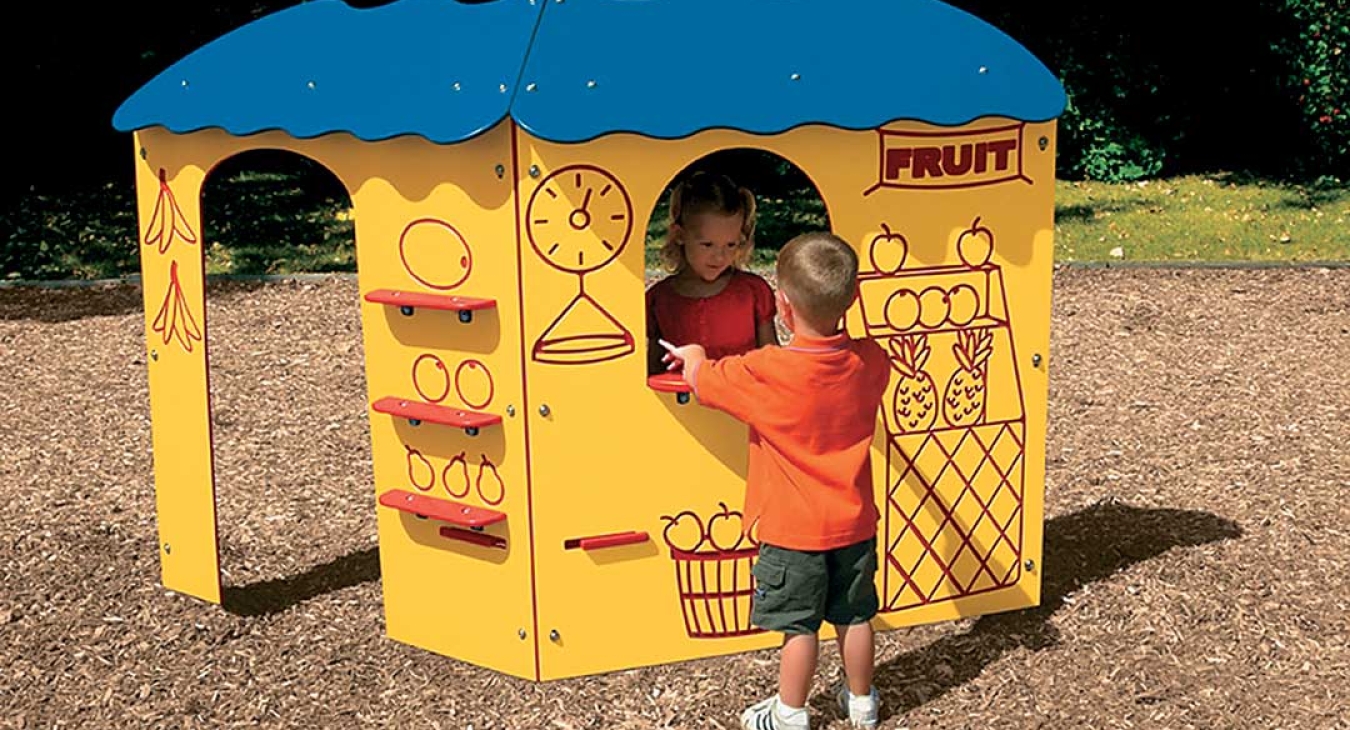
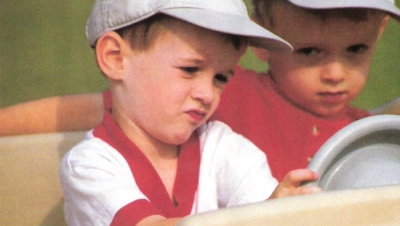
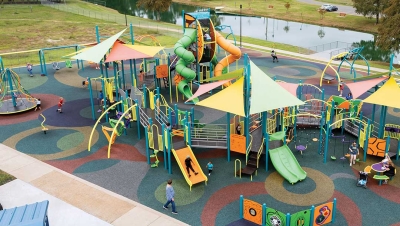






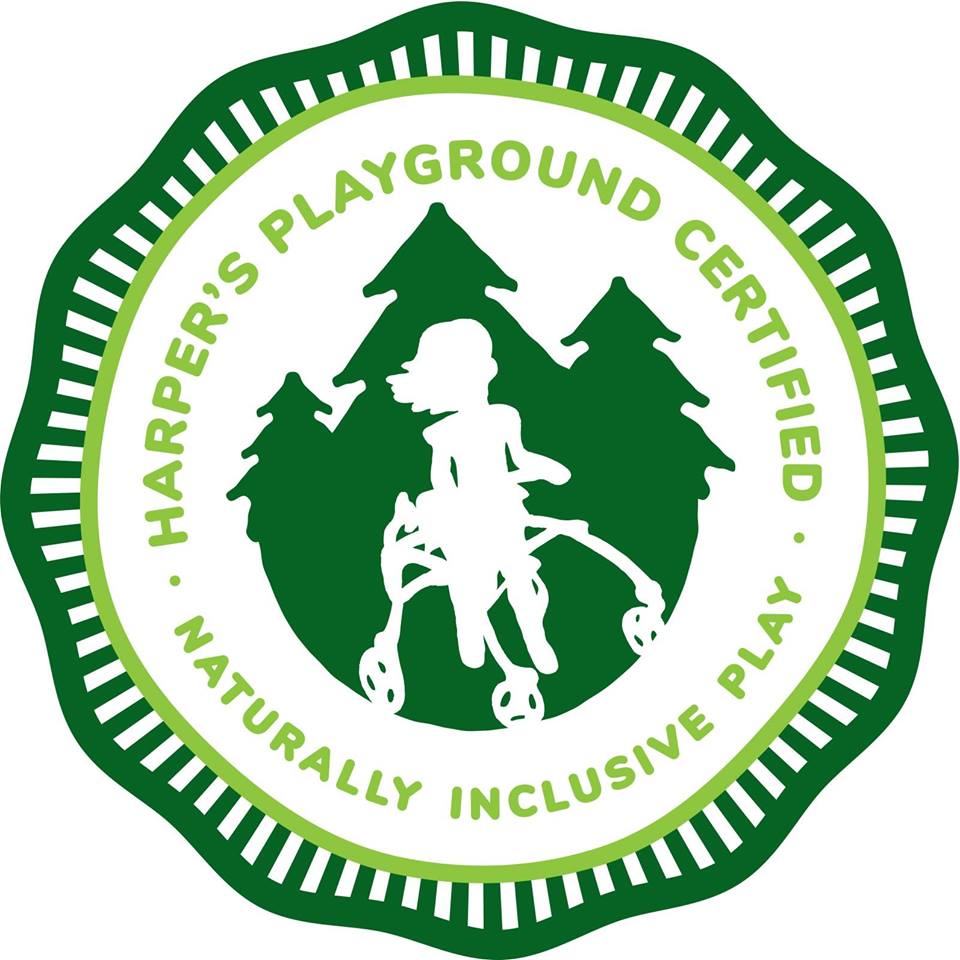


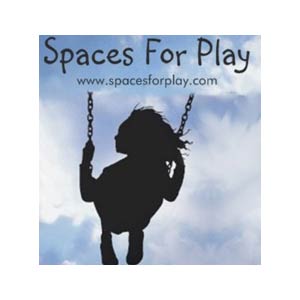


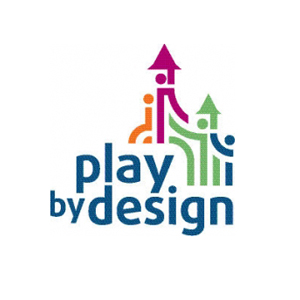


Cosy Spaces
I really enjoyed reading this article. Concise and clear.
I notice when children are engaged in play in these cosy spaces there is like this cone of silence that surrounds them. Like an aura of concentrated imaginative engagement.
I believe the article demonstrates the vastly active imaginative and organising inner world of childhood and its importance.
Add new comment